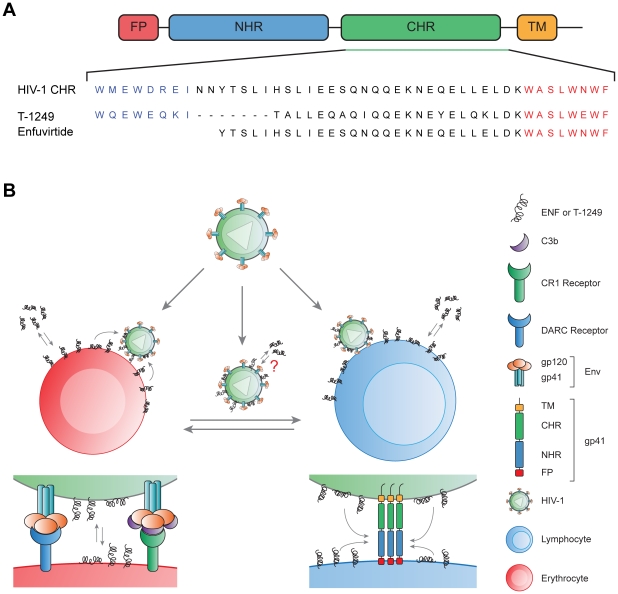Figure 6. Proposed mode of action of enfuvirtide and T-1249 in circulation with blood cells.
A) Sequence alignment of enfuvirtide and T-1249 with native gp41 (PDB code: 1ENV), showing the pocket binding domain (PBD) in blue and the putative lipid binding domain (LBD) close to the membrane proximal region in red. B) Peptides partition to the membranes of circulating blood cells creating a peptide-rich environment, when the virus interact both with erythrocytes and lymphocytes. HIV associates with erythrocytes via DARC receptor or complement opsonized virus via CR1. Exchanges of peptide between cells and virus and partition of peptide directly to the viral membrane can occur. When infecting the preferential CD4+ T cells, the membrane binding of peptide inhibitors should facilitate its interaction with the exposed conformation of gp41, preventing the 6-helix bundle formation. If the virus is internalized and fuses with the cell membrane at the endosome level, as recently described [27], the partition of the peptides to the membranes ensures that a considerable amount of peptides enters upon endocytosis in order to be available during the intracellular fusion event.

